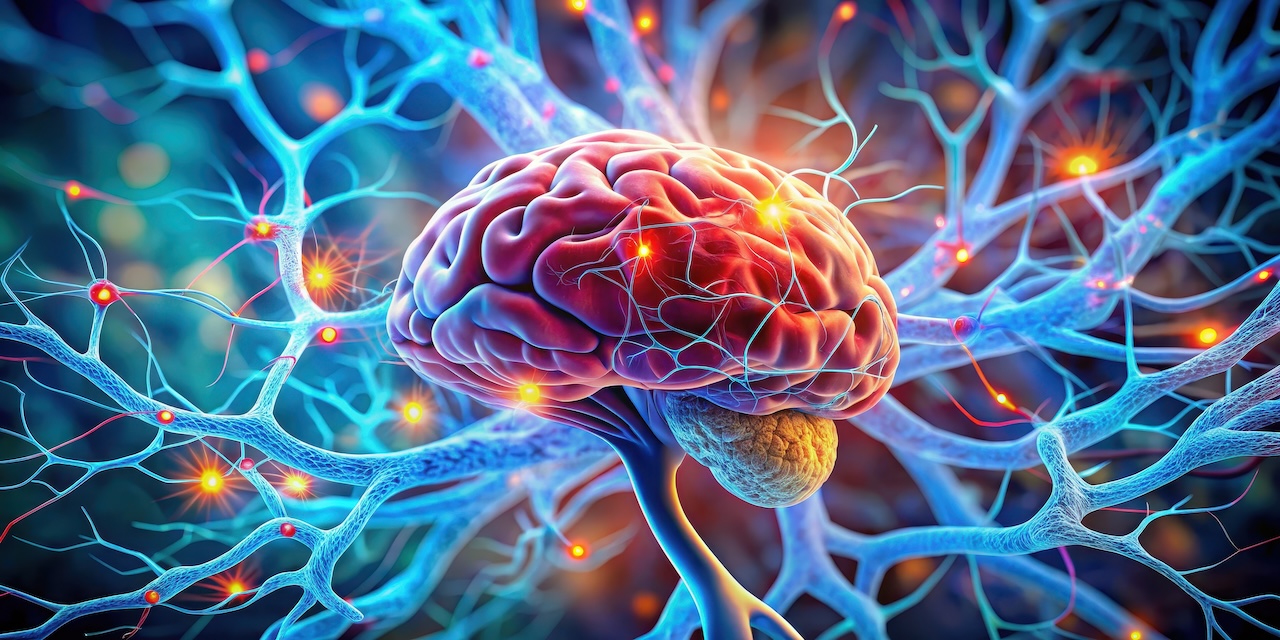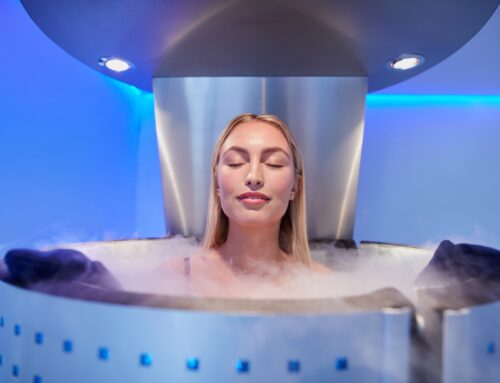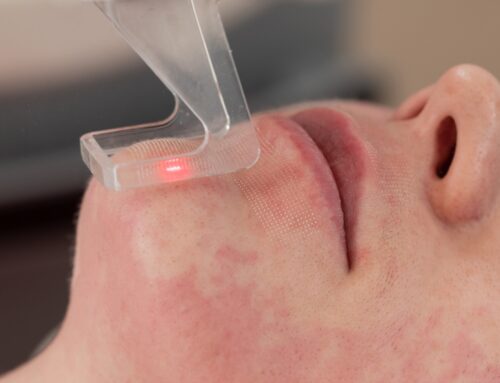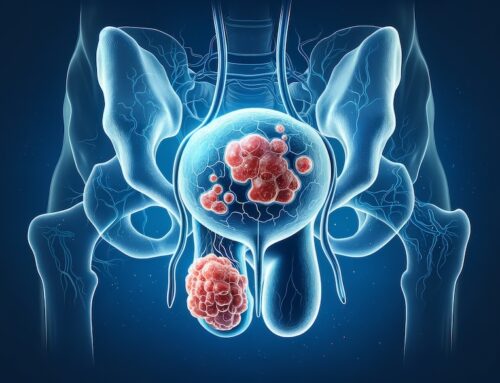Hyperbaric Oxygen Therapy (HBOT) has become effective in many medical toolboxes, from wound healing to neurological conditions. The principle of HBOT is to increase tissue oxygenation by exposing the patient to pure oxygen at higher pressure.
With wearable technology integrated into HBOT, we can change how we monitor and adjust protocols. Real-time monitoring of tissue oxygenation, oxygen saturation, and other vital signs can enable personalized and optimized HBOT sessions.
Tissue Oxygenation, Oxygen Saturation and their importance in HBOT
What is Tissue Oxygenation?
Tissue oxygenation is the level of oxygen in the body’s tissues. Adequate tissue oxygenation is vital for cellular function and overall health. In HBOT, we want to increase tissue oxygen levels above what can be achieved by breathing normal air at atmospheric pressure.
What is Oxygen Saturation?
Oxygen saturation (SpO2) is the percentage of hemoglobin in the blood bound to oxygen. While SpO2 gives information about oxygen delivery, it doesn’t provide direct information about tissue oxygen levels.
The Interplay and Importance in HBOT
Both tissue oxygenation and oxygen saturation are essential in HBOT. While oxygen saturation tells us how well oxygen is being transported in the blood, tissue oxygenation gives us a more direct measure of oxygen available at the cellular level.
By monitoring both, we can get a complete picture of how HBOT affects the patient’s oxygen status and make informed decisions about treatment adjustments.
Wearable Technology in HBOT: The Game Changer
Wearable technology (smartwatches and fitness trackers) has made great strides in health monitoring. These devices can measure various physiological parameters, such as heart rate, blood pressure, and oxygen saturation.
Integrating wearable technology into HBOT holds excellent promise for:
- Real-time Monitoring: Continuous monitoring of tissue oxygenation and oxygen saturation during HBOT sessions.
- Personalized Treatment: Tailoring HBOT protocols to individual patient responses.
- Early Detection of Issues: Identifying potential complications or adverse events early on.
- Remote Patient Monitoring: Allowing healthcare providers to monitor patients remotely.
Measuring Tissue Oxygenation and Oxygen Saturation with Wearable Devices
Measuring Oxygen Saturation
Many wearable devices already have SpO2 sensors that measure oxygen saturation using light absorption techniques. These sensors can provide continuous or spot-check measurements during HBOT sessions.
Taking a Tissue Oxygenation Measurement
Measuring tissue oxygenation non-invasively is a challenge. However, emerging technologies such as near-infrared spectroscopy (NIRS) show promise for integration into wearable devices. NIRS can measure tissue oxygenation by analyzing the absorption of near-infrared light by oxygenated and deoxygenated hemoglobin.
Making Adjustments Based on Real-Time Data
With real-time tissue oxygenation and oxygen saturation monitoring during HBOT, health professionals can make personalized treatment adjustments.
For example, if a patient’s tissue oxygenation levels are not reaching the desired target, the healthcare provider can adjust the HBOT protocol by:
- Increasing the treatment pressure
- Extending the treatment duration
- Modifying the oxygen concentration
Similarly, the provider can immediately address the issue if a patient’s oxygen saturation drops below a safe threshold.
Challenges and Future Directions
While integrating wearable technology into HBOT is exciting, there are challenges:
- Accuracy and Reliability: Ensuring accuracy and reliability of wearable sensors for measuring tissue oxygenation and oxygen saturation under hyperbaric conditions.
- Data Interpretation: Developing algorithms and tools to interpret the vast amount of data generated by wearable devices and turn it into actionable insights.
- Regulatory Considerations: Navigating regulatory pathways for the use of wearable technology in HBOT.
Despite these challenges, the future of wearable technology in HBOT looks bright. As technology advances, we will see more sophisticated and accurate wearable devices that can measure more physiological parameters.
Studies show HBOT promotes tissue regeneration by modulating the immune system.[1] Also, oxygen can improve the quality of life of Alzheimer’s patients.[2] Wound healing also improves when HBOT is used.[3][4]
References
[1] Julier Z., Park A.J., Briquez P.S., Martino M.M. Promoting tissue regeneration by modulating the immune system. Acta Biomater. 2017;53:13–28. doi: 10.1016/j.actbio.2017.01.056. [DOI] [PubMed] [Google Scholar]
[2] Fão L., Mota S.I., Rego A.C. Shaping the Nrf2-ARE-related pathways in Alzheimer’s and Parkinson’s diseases. Ageing Res Rev. 2019;54:100942. doi: 10.1016/j.arr.2019.100942. [DOI] [PubMed] [Google Scholar]
[3] Victor P., Sarada D., Ramkumar K.M. Pharmacological activation of Nrf2 promotes wound healing. Eur. J. Pharmacol. 2020;886:173395. doi: 10.1016/j.ejphar.2020.173395. [DOI] [PubMed] [Google Scholar]
[4] Chen D., Wu Z., Wu L.N., Jiang J., Hu G.N. Theaflavin Attenuates TBHP-Induced Endothelial Cells Oxidative Stress by Activating PI3K/AKT/Nrf2 and Accelerates Wound Healing in Rats. Front. Bioeng. Biotechnol. 2022;10:830574. doi: 10.3389/fbioe.2022.830574. [DOI] [PMC free article] [PubMed] [Google Scholar]






